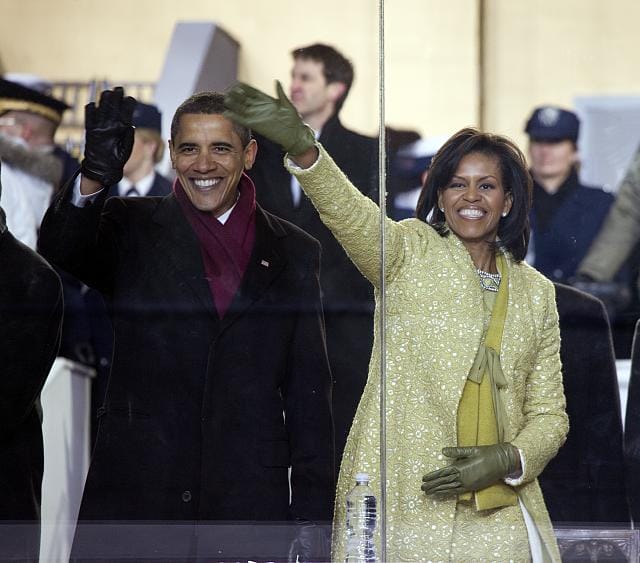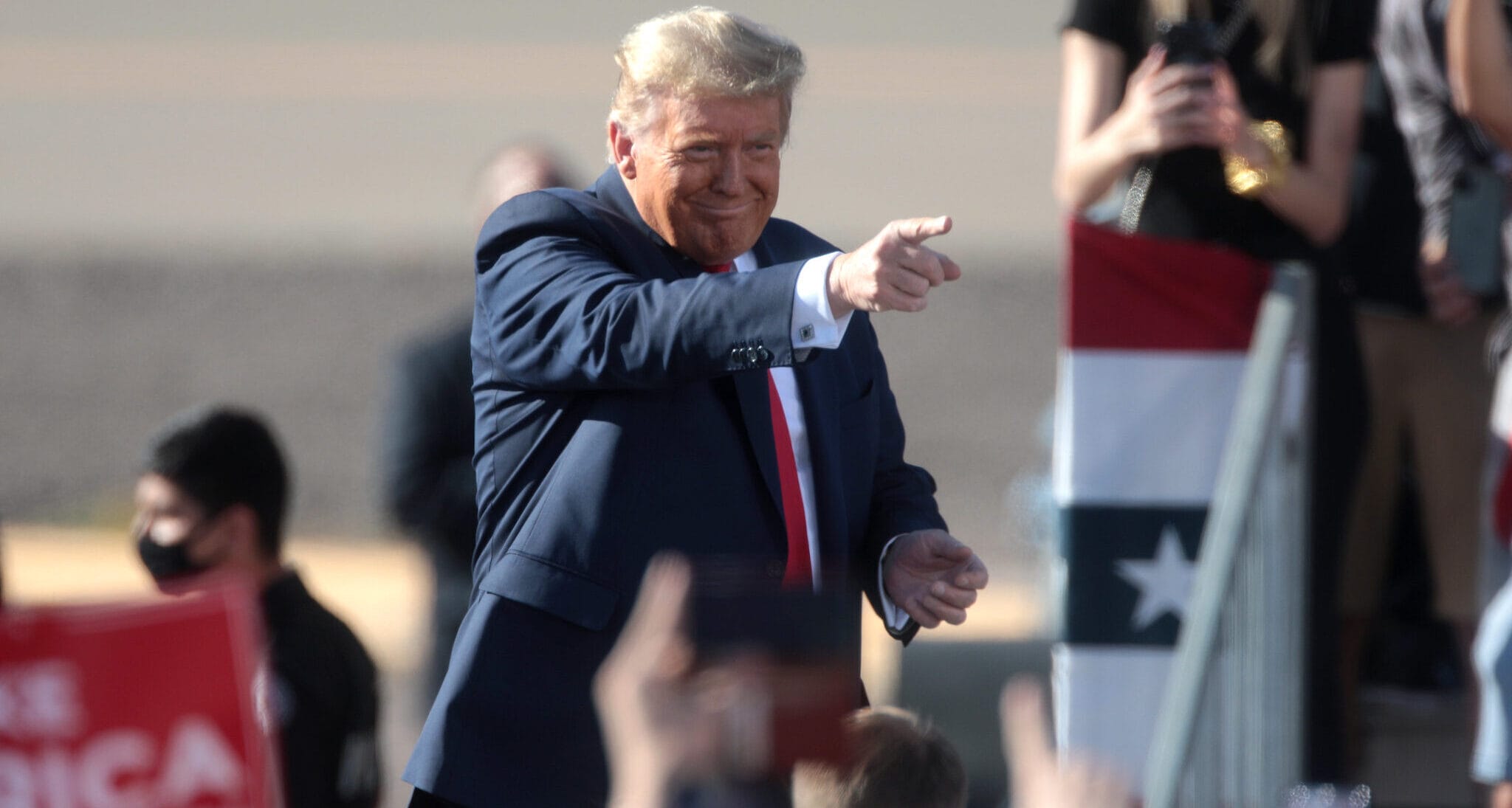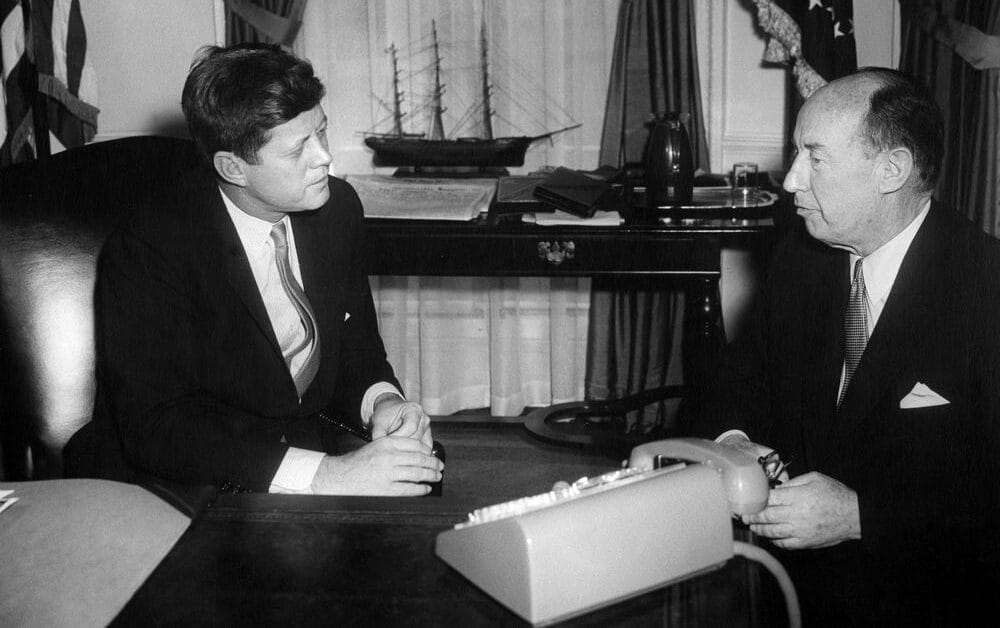Harris sharpens divide in presidential race

Every four years, the old trope that this is the most important presidential election of our lifetimes trots out. With President Joe Biden at the top of the Democratic ticket in 2024, I scoffed. In Biden and his predecessor, Donald Trump, we had two men who could win themselves only one additional term. The victor would surely ride quietly into the sunset on January 20, 2029. Generational change would be delayed.
The two candidates have considerable ideological gaps in the realms of law and order, the environment, and taxation. There are, however, fewer policy differences between Biden and Trump than popular opinion recognizes. Although Biden supports the liberal international institutions built following World War II—NATO, the United Nations, the trade regime—like Trump, he is suspicious of globalization and sees tariffs as essential to protecting American workers. Both men are unconcerned with the country’s precarious fiscal situation. Neither wants to address reform to the programs like Social Security and Medicare that are devouring the federal budget. Biden has even recently adopted some of the Trump playbook on immigration.
With Vice President Kamala Harris as the Democrats’ torchbearer, my mind has been changed. Now, we have a consequential presidential election that could have deep effects on politics and policy. The differences between Harris and Trump are considerable. This is especially the case in three regards.
First, the nominees are obviously dissimilar demographically. As such, they provide a deep cultural contrast. Harris is the first Generation X major-party presidential candidate. She is of black and south-Asian heritage. She can, of course, make history and become the first female president of the United States.
Some of the dynamic is familiar, as Trump faced a female opponent in Hillary Clinton during his 2016 campaign. But the gender divide appears deeper in 2024. The Supreme Court’s ruling in Dobbs that there is no right to an abortion under the United States Constitution has energized younger white middle-class women. They are Harris’s biggest supporters. Although only two percent of respondents in Gallup’s July 2024 poll named abortion as “the most important problem facing the country today,” Harris is keen to elevate it to the center of her campaign, harnessing the left’s energy surrounding Dobbs to raise millions of dollars. Trump is visibly uncomfortable on the issue, as demonstrated by the Republican platform’s omission of a national abortion ban. The recent airing of Trump’s relationships with women in the Stormy Daniels and E. Jean Carroll cases only intensifies the gender distinction this year.

We have also had a mixed-race president. Barack Obama is the son of a graduate student from Kenya and a white mother from Kansas. He moved around widely as a child, living in Indonesia for a while. But in his 2008 campaign, possibly in response to questions regarding his background, Obama emphasized traditionally American attachments. His marriage to Michelle Robinson brought him close to a black Chicago working-class family steeped in the civil rights movement and African-American Protestant congregations. He and his wife became pillars of Chicago’s cultural and philanthropic life.
As Obama is Chicago, Biden is hardscrabble Scranton, and Trump is Manhattan. Harris, however, is a product of 21st century globalization. She is less old-fashioned San Francisco liberal than itinerant cosmopolitan progressive. Her parents both immigrated to the United States and were prominent professionals, he an economist and she in biomedicine, traveling extensively for their careers. Having spent formative years in Montreal and Washington D.C., their daughter is an inhabitant of the Bay Area — that amorphous part of northern California that, in the Internet age, has become a center of the world more than American metropolis. She was born in Oakland, famously described by Gertrude Stein as having “no there, there.”
Harris constitutes a transition from the more traditional Clintons and Obamas in other ways. Unlike Michelle Obama and Hillary Clinton, whose personal accomplishments are as significant, Harris did not take her husband’s name or have her own children. While all are attorneys, the Clintons and Obamas have backgrounds in civil and children’s rights work and other liberal political causes popular with those who grew up in the 1960s and 1970s. These couples’ battles over tangible spoils like power and money in the local politics of the 1980s are ones Trump recalls from his efforts to win over unions, community groups, and city halls in New York and New Jersey. Harris, in contrast, earned her progressive stripes as a state attorney general establishing units devoted to hate crimes and environmental justice. These are areas of the law more in tune with the culture of our times—and are alien to Boomers’ grittier understanding of the legal system. It is difficult to imagine Trump comprehending Harris’s prosecutorial zeal used not in pursuit of her clients’ material interests, but abstract causes and identity politics.
The second major difference between the two candidates is in their policy. If the gap between Trump and Biden approximates a crevice, the gap between Trump and Harris looks like a crevasse. She is clearly more comfortable advancing LGBT interests than even Biden and seems poised to alter American policy on the conflict in Gaza in a direction favorable to the Palestinians—a possibility seen as increasingly likely when she passed over Pennsylvania Gov. Josh Shapiro as her running mate. During the 2020 campaign for the Democratic nomination, Harris embraced a single-payer healthcare system sometimes called “Medicare for All,” a federal-government job guarantee, defunding police forces, and a national fracking ban. She has admittedly u-turned on some of these as the Democrats’ nominee, but it is interesting to note that none of these were positions held by Biden in the 2020 primaries.
…the gap between Trump and Harris looks like a crevasse.
Harris’ fleshed-out economic agenda has elements that may be popular with moderates. She wants an expanded child tax credit, for example. But it also reveals her leftist stripes—not least in her call for price controls, corporate tax hikes, and $25,000 in down-payment assistance to new home buyers. There is a reason why, according to the highly-regarded NOMINATE ideology scores for legislators used by political scientists, she was the second-most liberal senator on economic policy during her last congressional term (right behind Sen. Elizabeth Warren of Massachusetts).
Finally, there are the coalitions the candidates hope will lead them to victory. Biden appeared conscious of the inroads Trump had made with white Americans lacking college degrees, a traditional Democratic constituency. By selecting Vance of Ohio as his running mate, Trump doubled down on the strategy. He could have made an effort to reach out to racial and ethnic minorities by choosing Sen. Marco Rubio of Florida or Sen. Tim Scott of South Carolina, both apparently on the short-list and willing to bury the hatchet after past run-ins with Trump. To be sure, Harris’s vice-presidential pick, Minnesota Gov. Tim Walz, looks like a play for the working class of Middle America. But she appeals considerably more to the new engine room of her party—culturally liberal coastal professionals. Trump and Harris are so distinct, any narrowing effects Vance and Walz produce will be negligible.

Trump’s pick of “MAGA” loyalist Sen. J.D. Vance shows he is comfortable with this, but the model does not have a great track record. It isn’t unreasonable to claim that since Trump became their party’s titular leader in 2016, the Republicans have not won a national election. Trump lost the national popular vote that year by nearly three million, and by seven million in 2020. The GOP let slip the House in 2018 and the Senate in 2020; by losing only nine seats in the House in 2022, the Democrats’ performance was the best for a president’s party since George W. Bush helped the GOP win two seats in 2002. Trump’s Republican coalition has replaced many white-collar supporters with working-class ones; in other words, habitual voters have been swapped for the unreliable. The energy Trump generated during his first run has dissipated; evidence suggests a growing “Trump fatigue” and voters’ desire to move beyond the inevitable drama that surrounds the former president. If Trump loses, there will be efforts by dissidents and many establishment Republicans to move the party back towards its traditional approach that fused cultural conservatism with economic liberty.
So, this is now a big election. It will still be a close one—fought in the “blue wall” states of Michigan, Pennsylvania, and Wisconsin, and the Sunbelt battlegrounds of Arizona, Georgia, and North Carolina. But it is now a true clash of political style, culture, and policy that makes it very different from Trump versus Biden 2.0. Who wins will transform the country, and possibly beyond 2028. Those who support the vanquished will be left to evaluate not just the merits of their candidate, but their vision of America.
Andrew J. Taylor is professor of Political Science in the School of Public and International Affairs at NC State University.



